It was during a period of immense social unrest and critical rejection of his new work that Guston created these strange, intensely personal images that evoke universal themes of loss and endurance. His paintings that came out of this challenging time, including those on view in this exhibition, are considered some of the most important of the 20th century. They bear witness to an artist at the height of his powers, acutely responsive to his world.
‘Wanting to know how you did it, which is impossible, because you don’t know, except in the doing. And that’s equally as strong as the desire to make something new.’
—Philip Guston
Philip Guston interviewed by Roberta Smith at McKee Gallery, 1979; Outtake footage from ’Philip Guston: A Life Lived’, Michael Blackwood Productions, 1981
Room 1: The Solace of the Past
In the first room of the exhibition Guston seeks his inspiration in the past, exploring the timelessness of art. His smaller paintings of Roman ruins and gardens from 1971, and the larger ‘Relic’ from 1974 are steeped in nostalgia and a longing for continuity. As Musa Mayer writes, ‘In these fragments, what endures from an earlier time is revealed.’
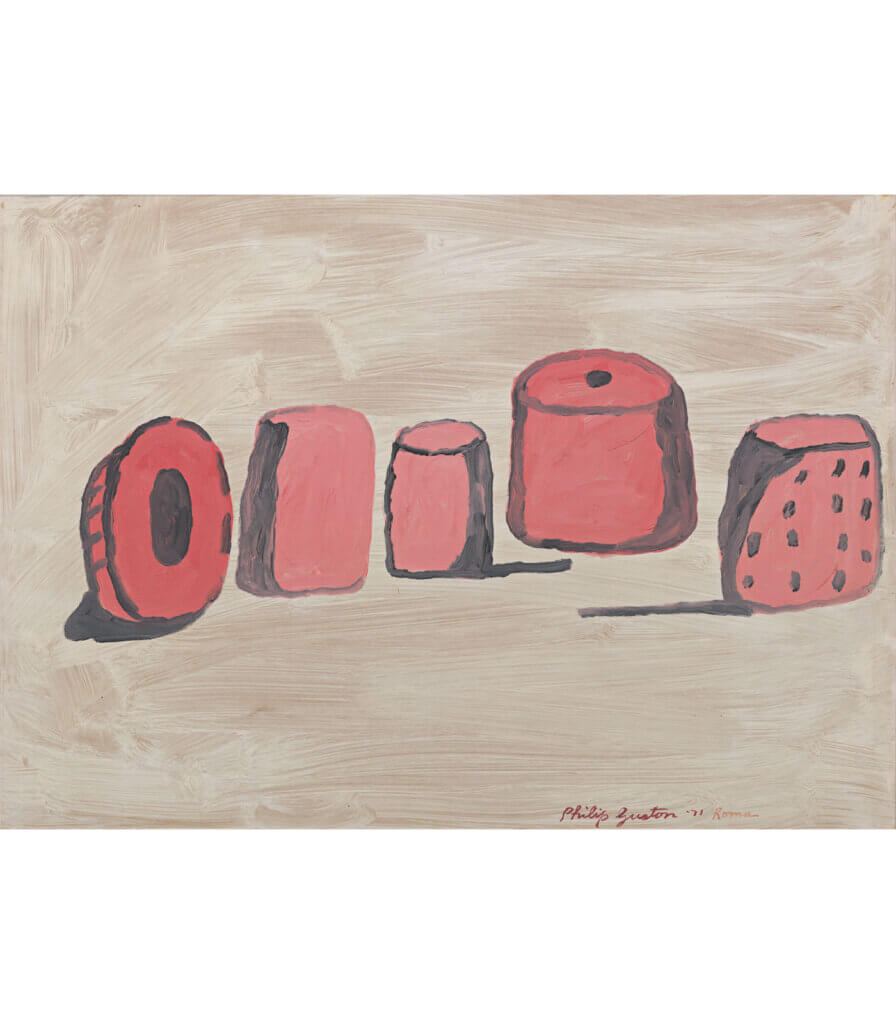
Untitled (Five Forms – Roma)
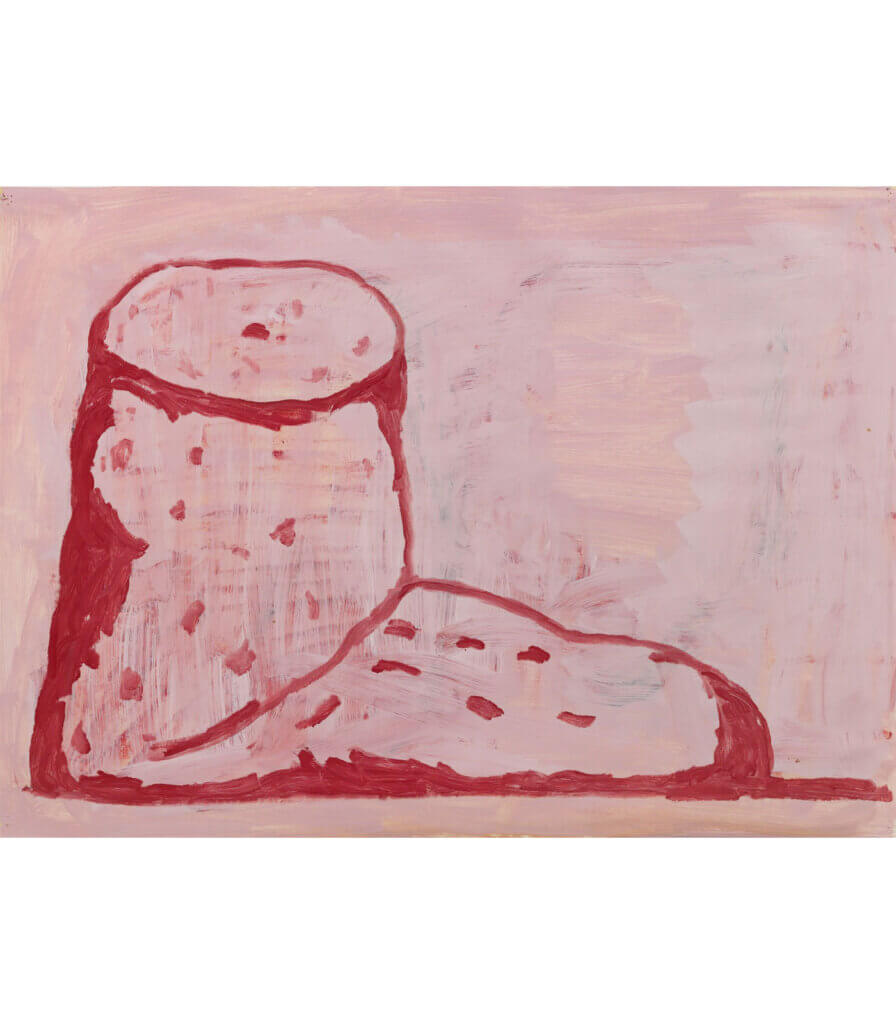
Untitled (Foot – Roma)
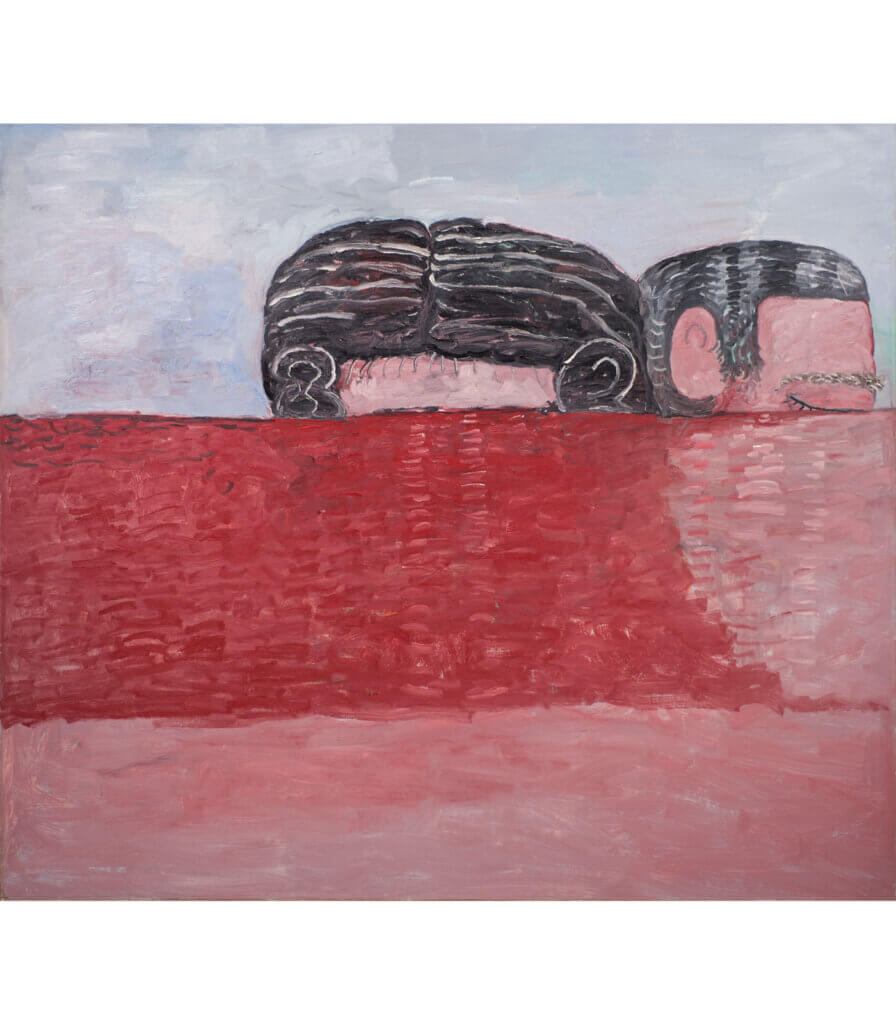
Afloat
Room 2: The Rising Tide
The exhibition continues with three paintings from 1974-75 that are filled with foreboding and sadness. Submerged in a red sea evoking mortality, the artist and his wife Musa are half-drowned, yet still afloat. Ominous images of discarded legs and blood-red rain appear, suggesting a mass grave, and a figure bears witness to unspeakable loss. In ‘Four Heads’ bedclothes have replaced the red tide, a painting and a book suggest it is art that endures.
Room 3: Deliverance
The third and final section of the exhibition is comprised of a single remarkable painting completed by Guston in 1976. In the transcendent ‘Both’ two heads of Musa rise from the horizon, one blond and youthful with upturned eyes, one gray-haired, with furrowed brow. The storm has abated, and the sea and sky are a peaceful blue. In this tender painting, it is love that endures.
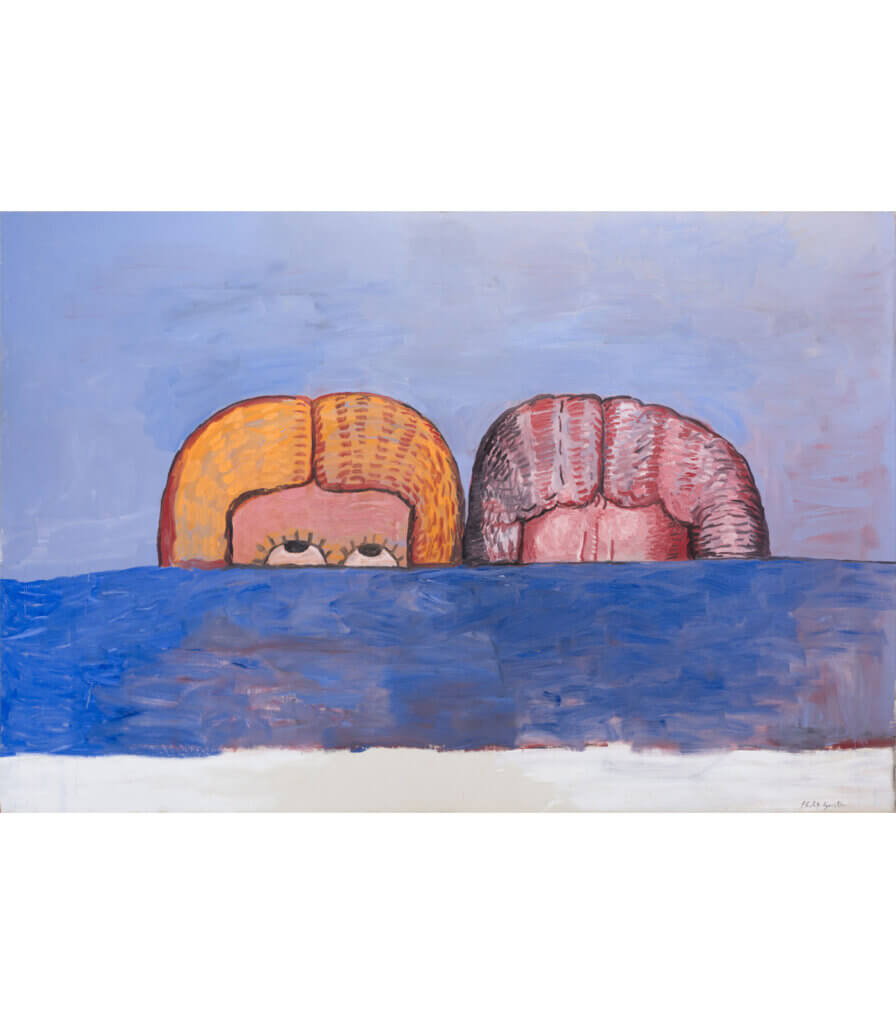
Both
‘In these strange, evocative, yet intensely personal images, the artist uncovers what is universal. In uncertain times, in the midst of overwhelming circumstance, it is love that endures.’
Images: Musa Guston in the Woodstock kitchen, 1975, Denise Hare © The Estate of Denise Hare; Note found in Philip Guston’s desk, dated 28 September 1972
‘What Endures’ responds directly to our present moment of overwhelming uncertainty by reflecting upon pain, endurance, and, ultimately, hope for the future, through the work of Philip Guston. As Mayer has written, ‘In these strange, evocative, yet intensely personal images, the artist uncovers what is universal. In uncertain times, in the midst of overwhelming circumstance, it is love that endures.’
The exhibition follows the June 2020 launch of The Guston Foundation website, philipguston.org, which includes a catalogue raisonné archiving paintings through the artist’s five-decade career. This extensively illustrated resource provides an in-depth look at the life and work of Philip Guston. The creation of the website and catalogue raisonné has been a seven-year project of The Guston Foundation, founded in 2013 by Musa Mayer.
Philip Guston
About the artist
Philip Guston is one of the great luminaries of twentieth-century art. His commitment to producing work from genuine emotion and lived experience ensures its enduring impact. Guston’s legendary career spanned a half century, from 1930 to 1980. His paintings – particularly the liberated and instinctual forms of his late work – continue to exert a powerful influence on younger generations of contemporary painters.
Inquire to learn about available works by Philip Guston
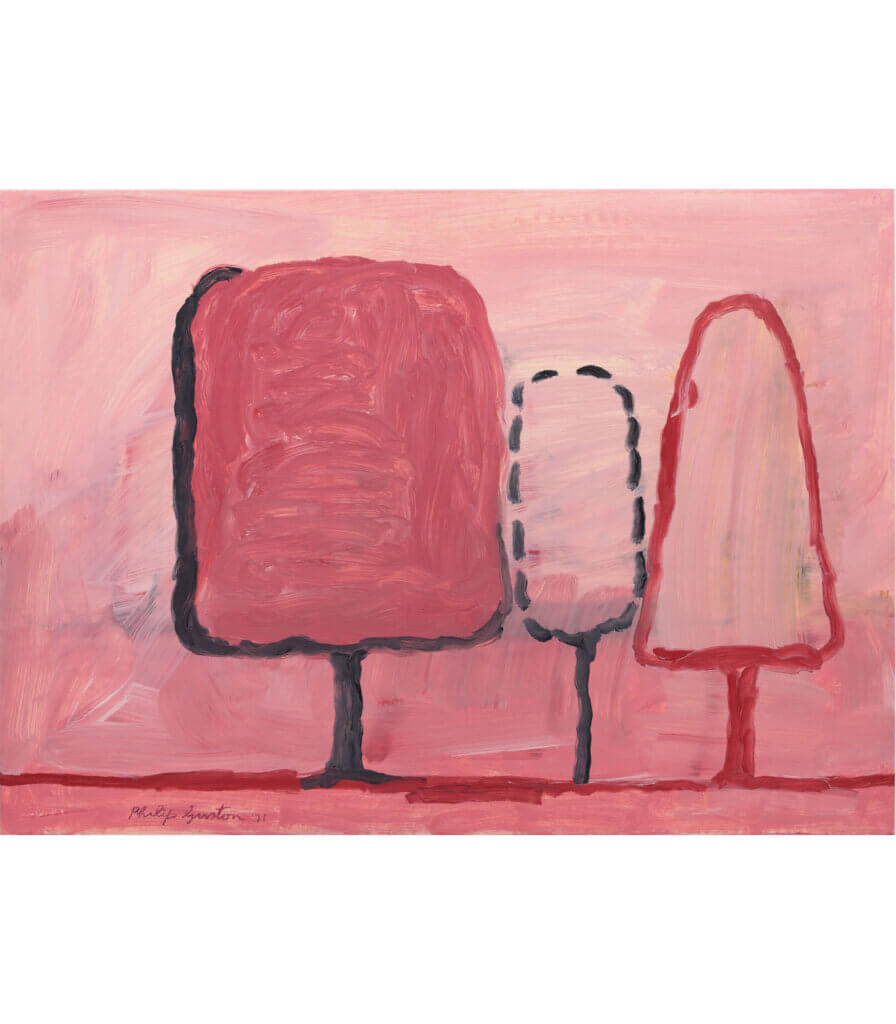
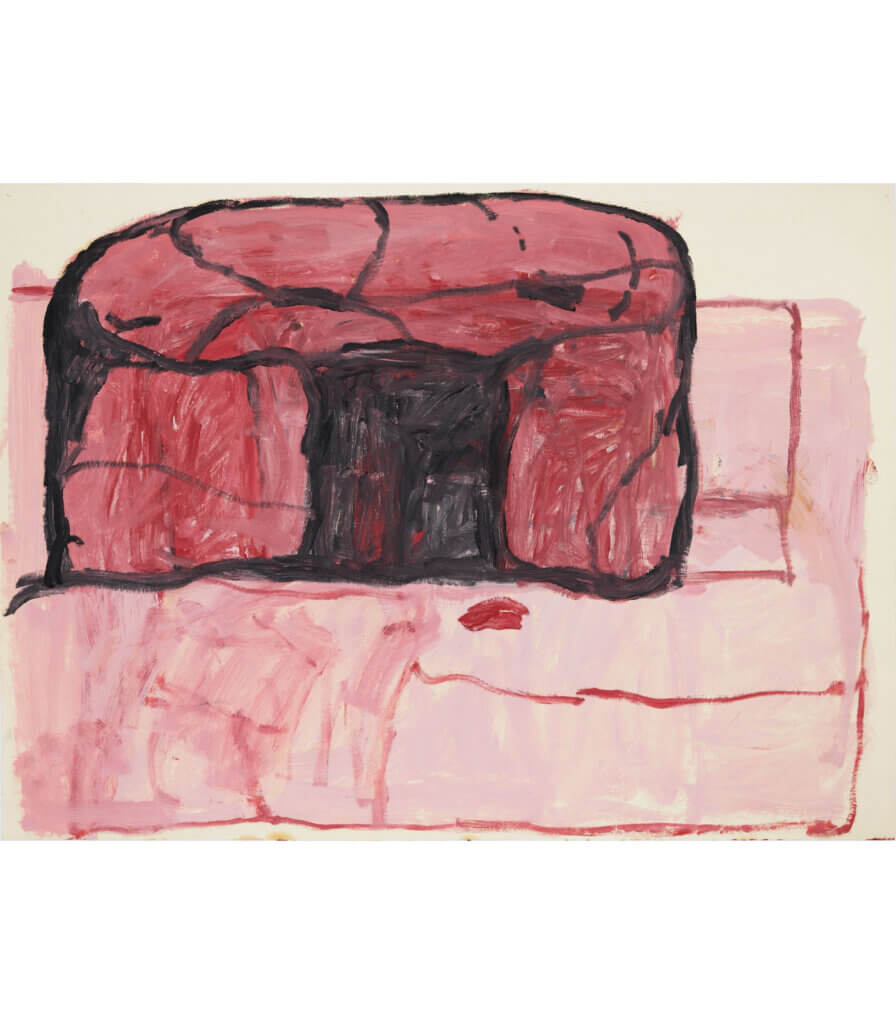
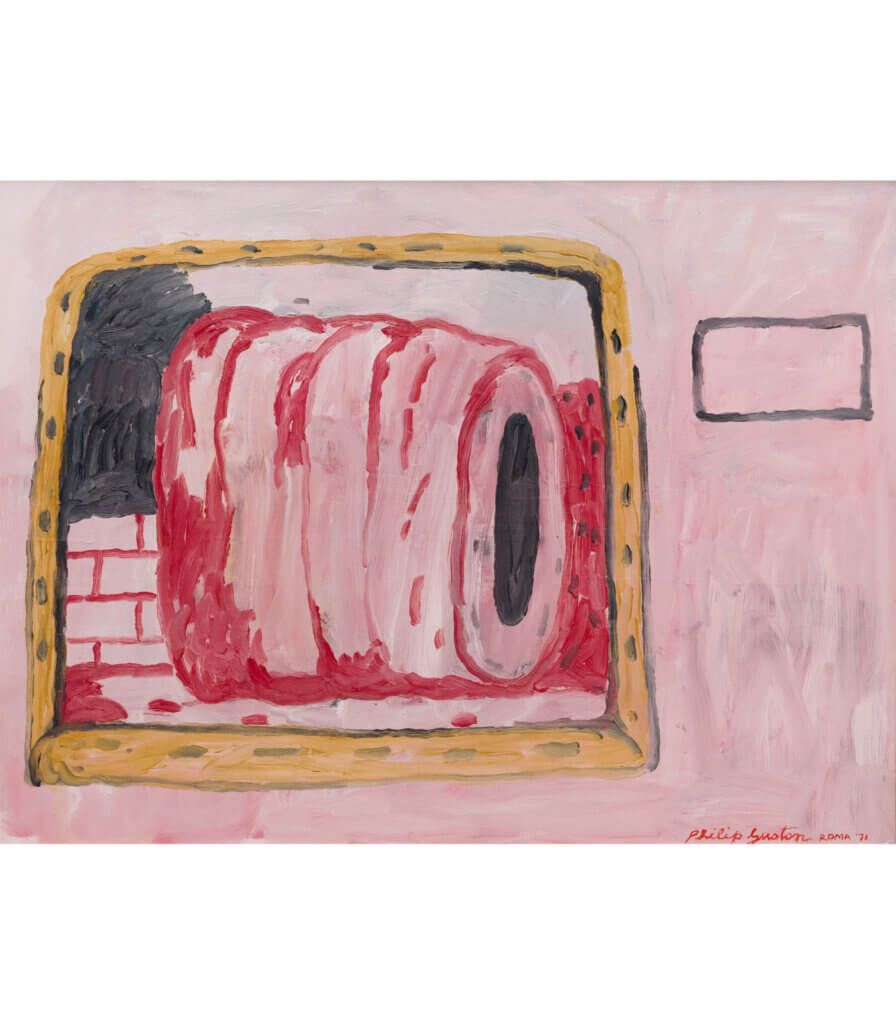
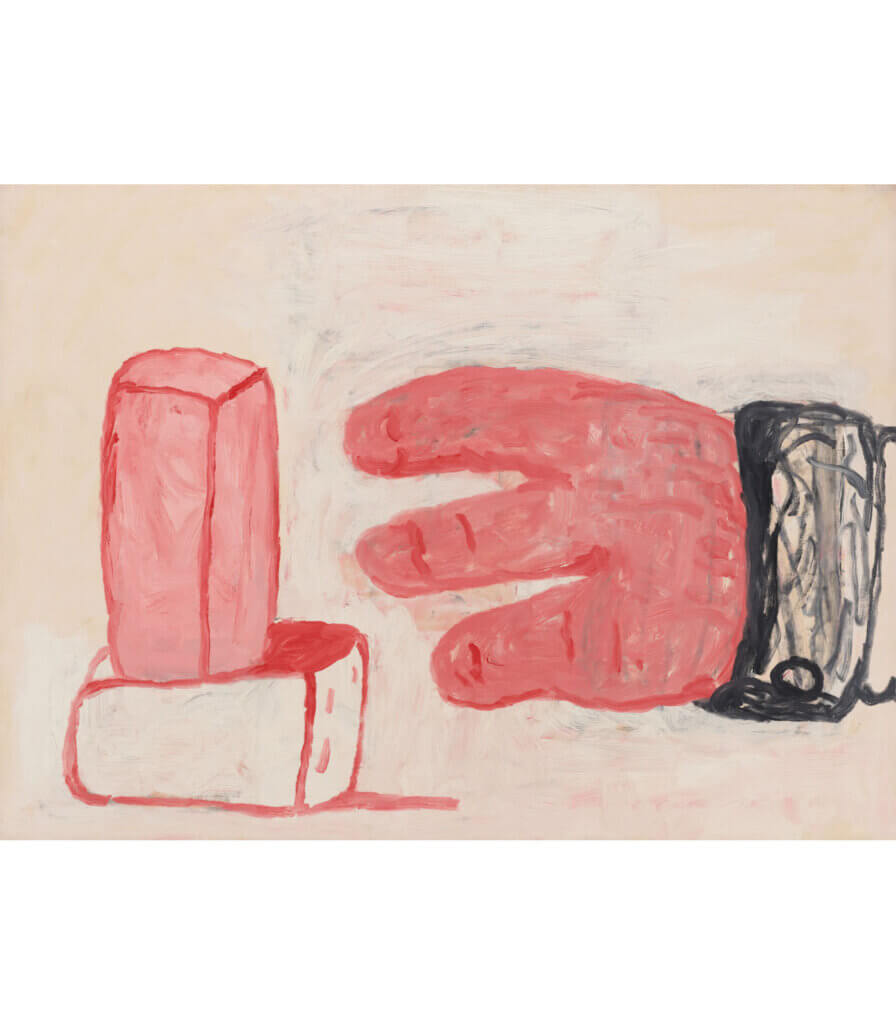
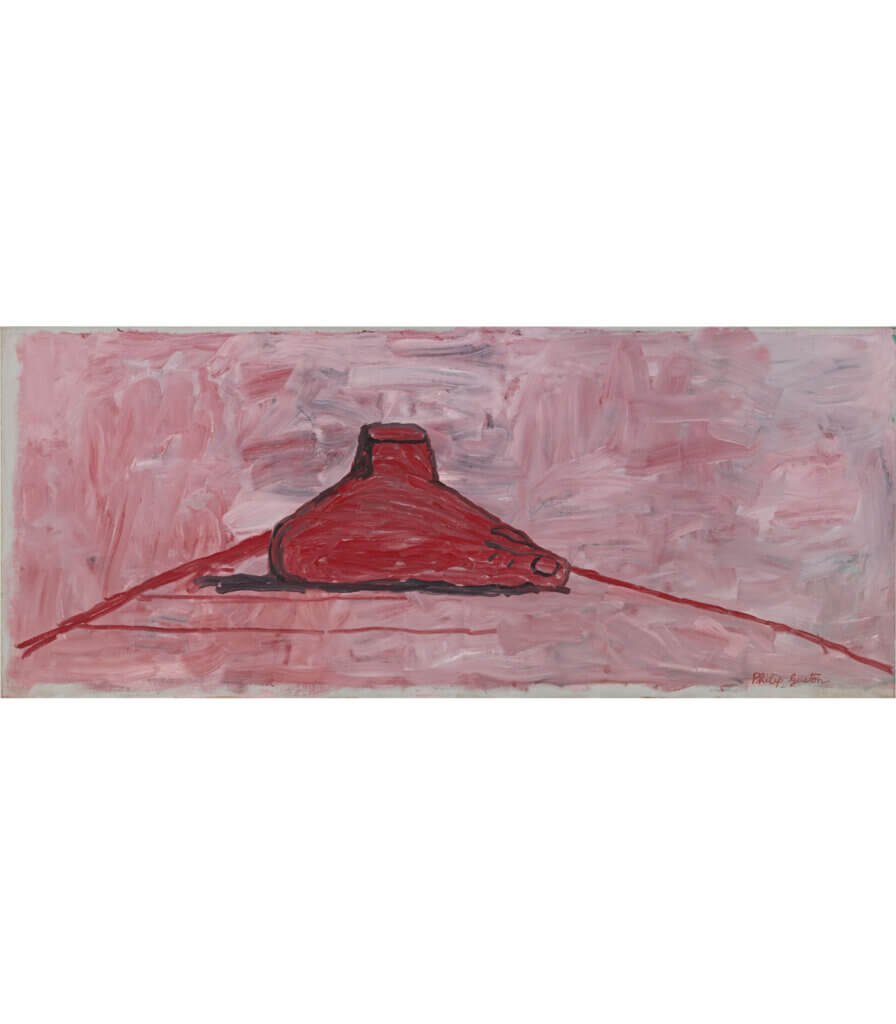
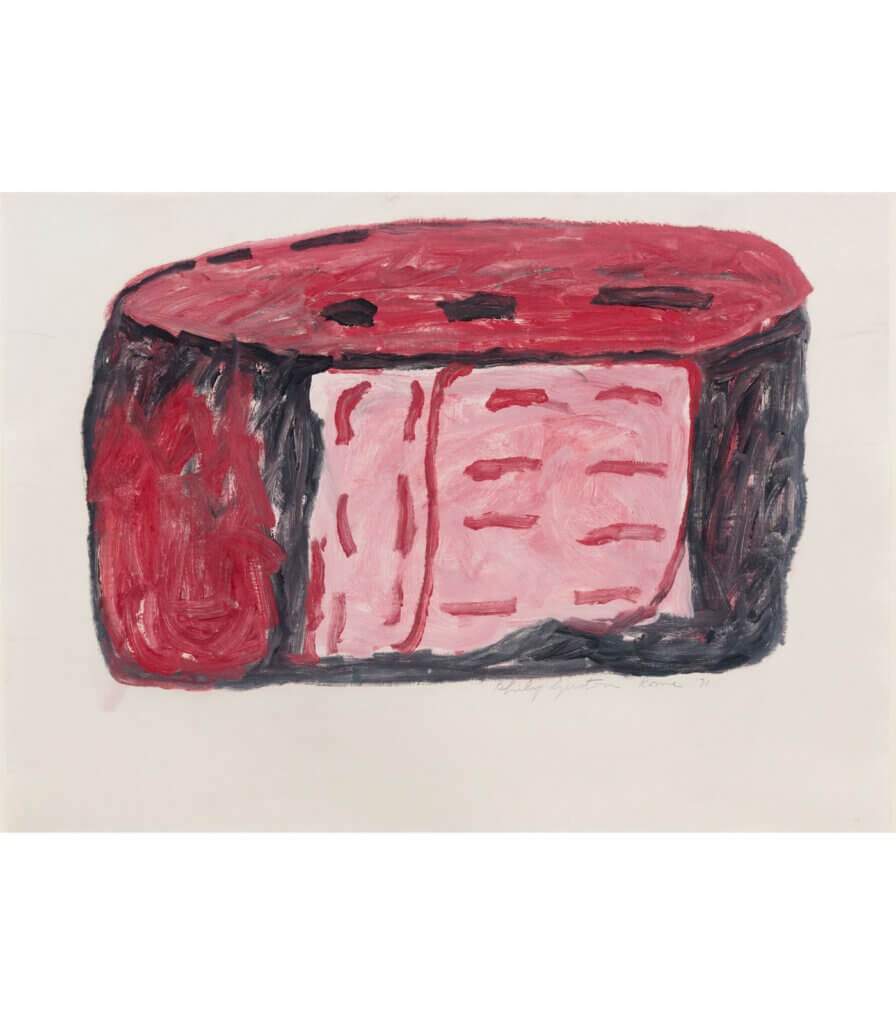
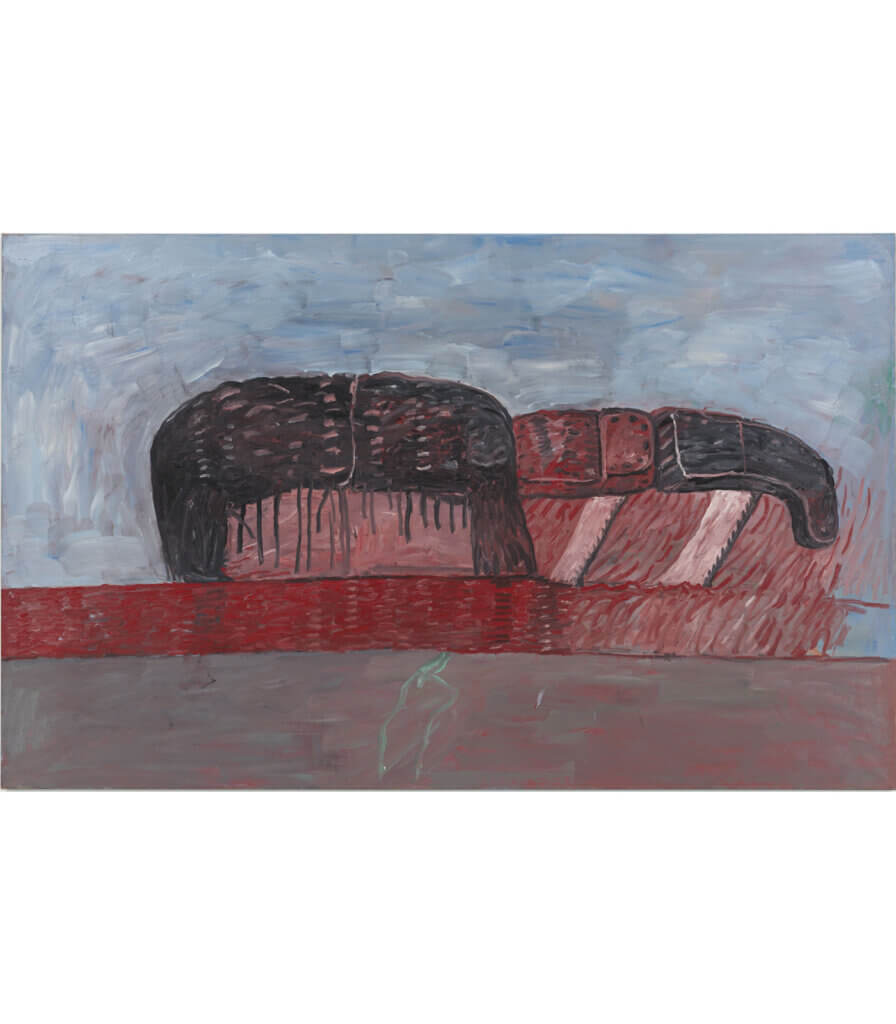
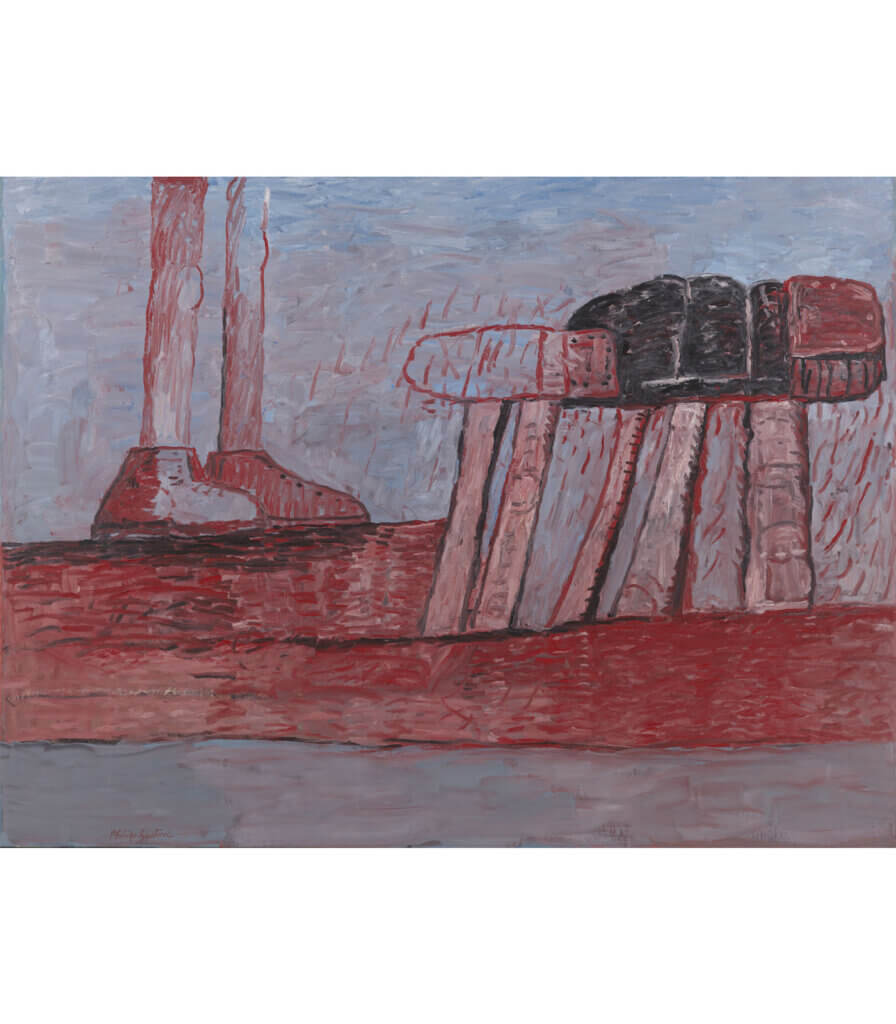
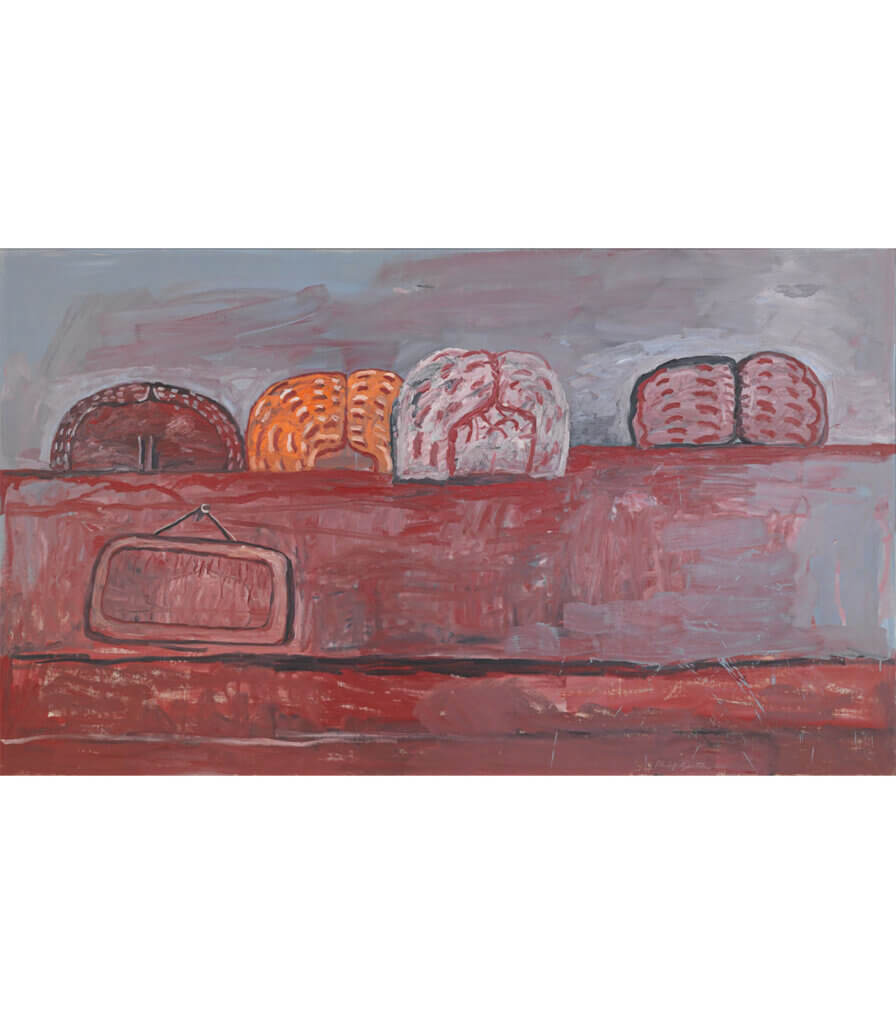
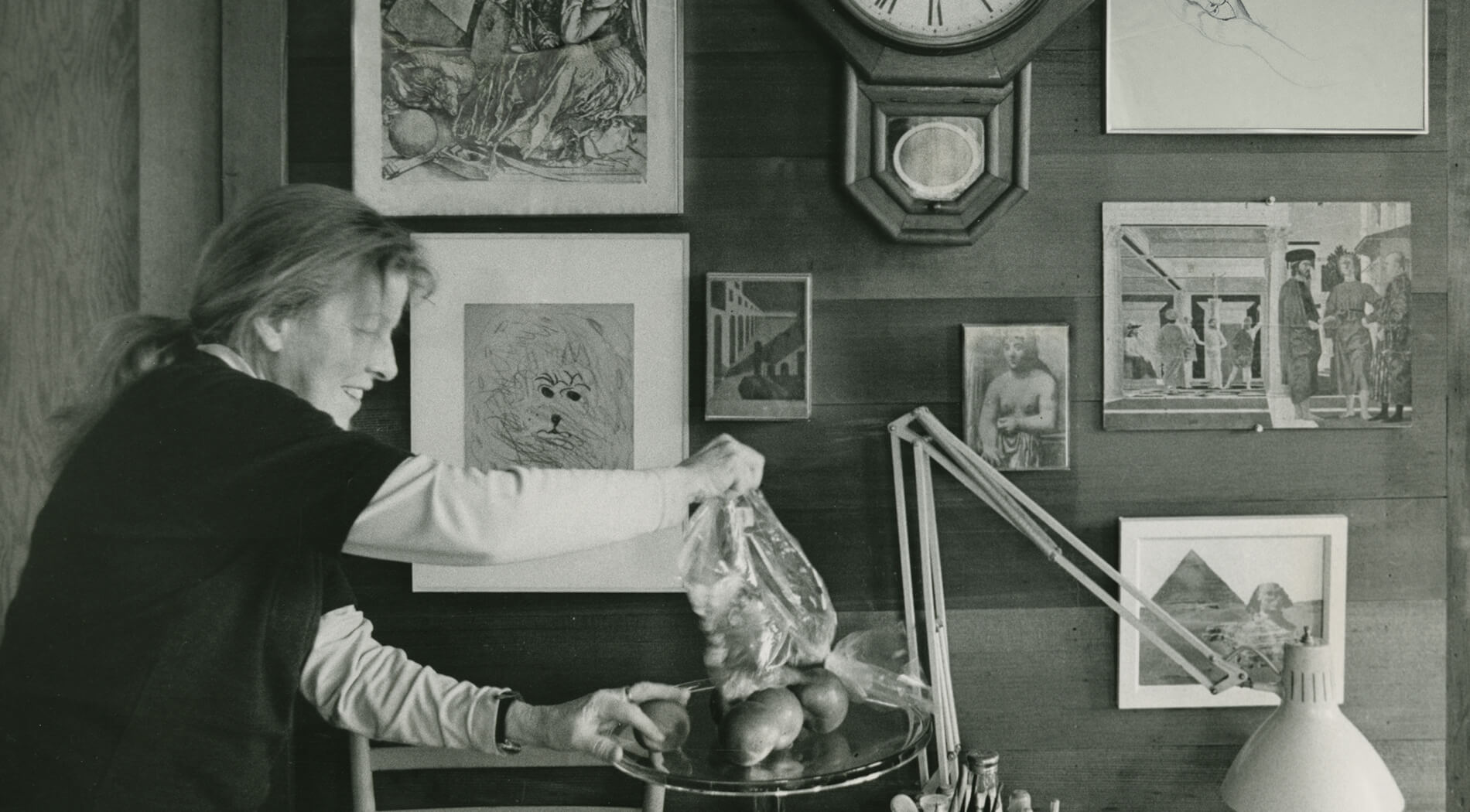
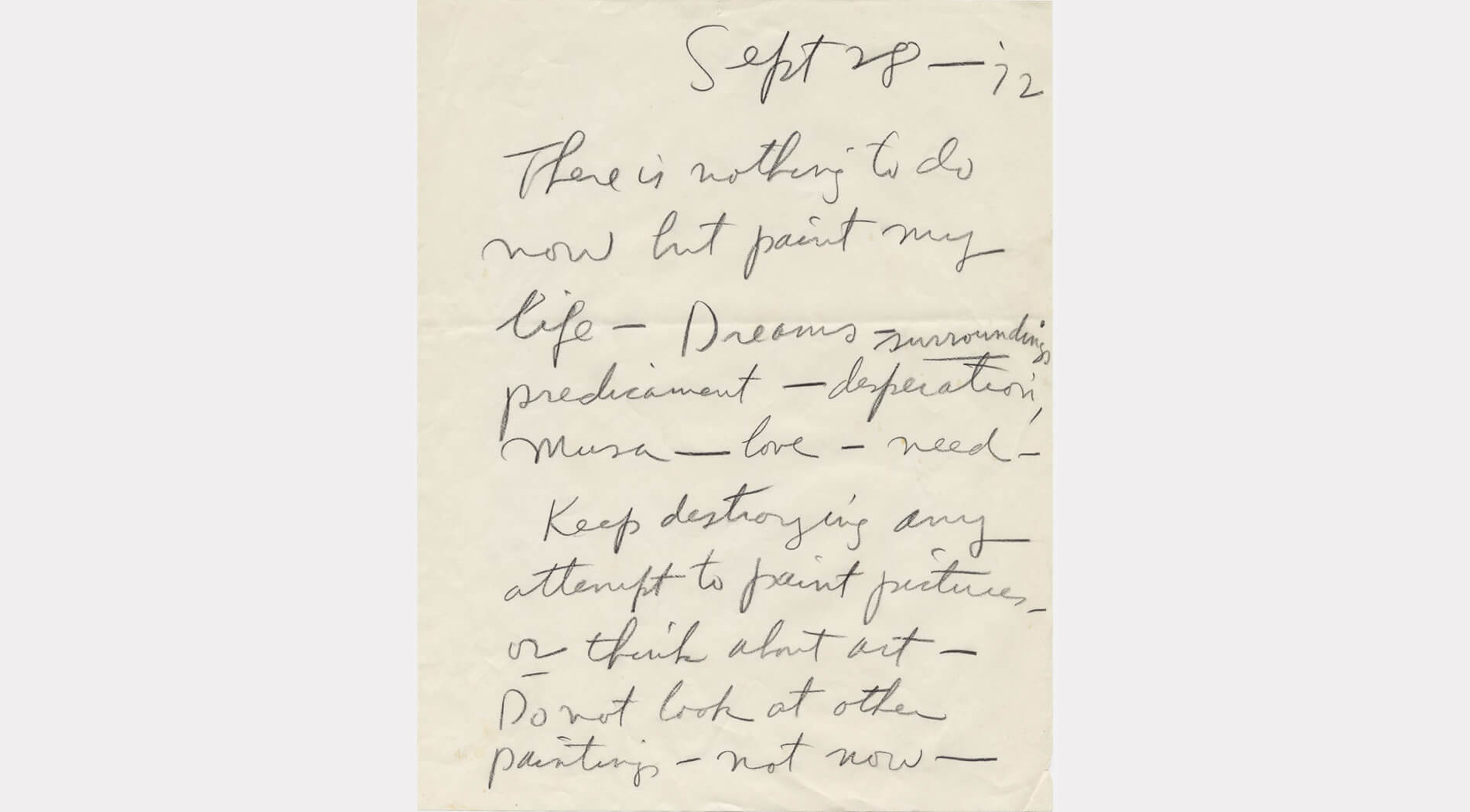

 Scan the image to begin
Scan the image to begin